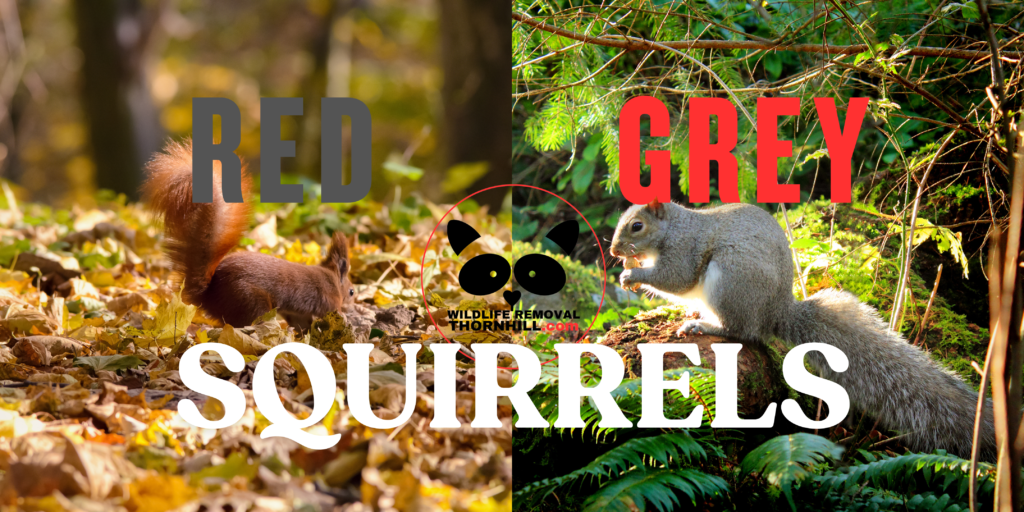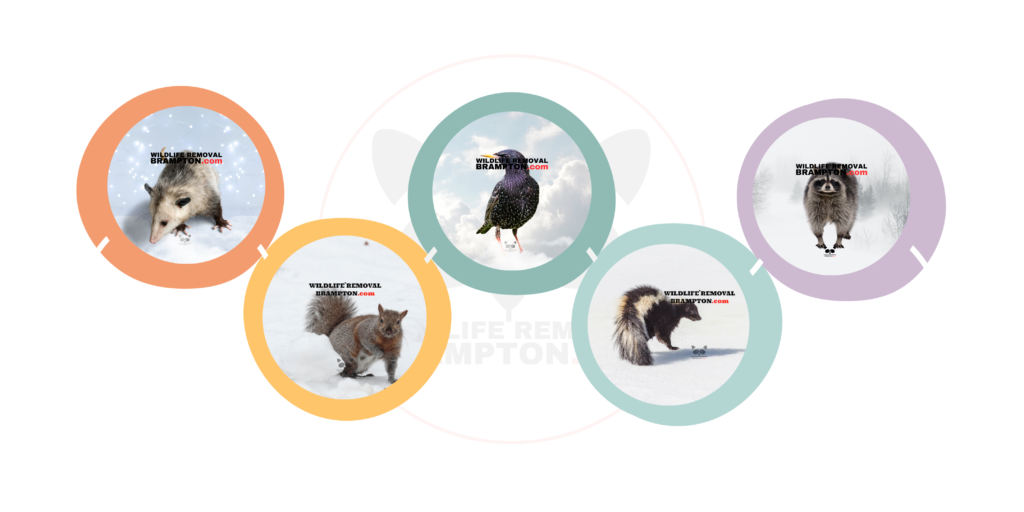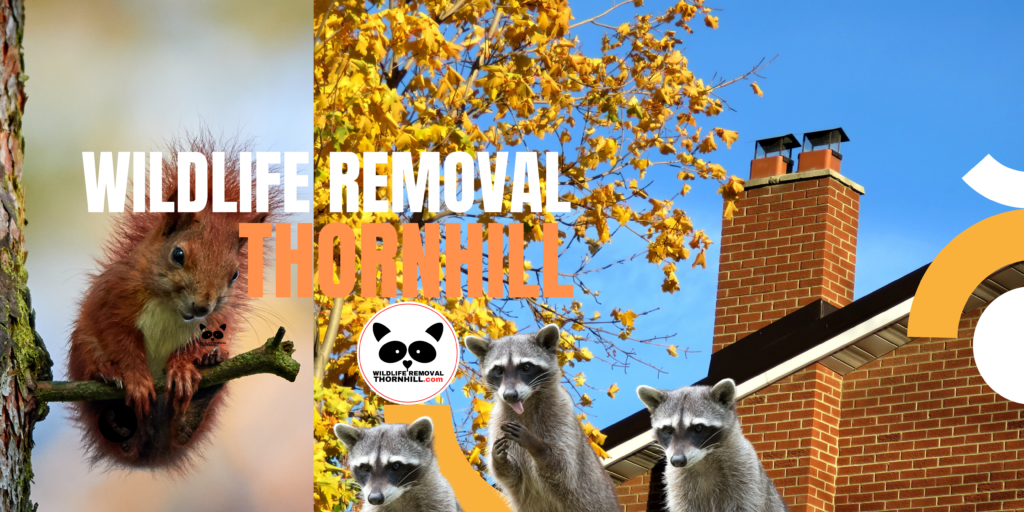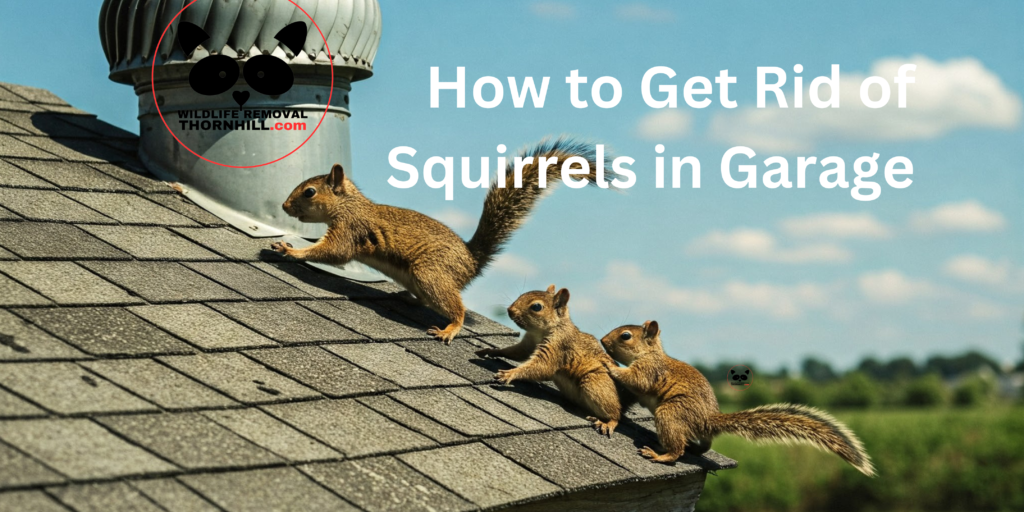Effective and Humane Solutions Squirrel Control Tips
Squirrels may look cute, but when they invade your house, attic, or garden, they can become a serious nuisance. They chew on electrical wires, dig up plants and vegetables, and leave behind droppings that pose health risks. If squirrels make their way into your roof, they can damage insulation and wiring, creating a potential fire hazard. Signs of a squirrel problem include scratching or scampering noises above you, as well as shingle bits or scattered insulation on your lawn. Understanding how to get rid of them is essential to protecting your property from costly damage.
North York Squirrel Infestation
The first step in squirrel removal is identifying their nesting location. If squirrels have invaded your roof, they likely entered through a small hole in the siding, soffit, or vents. These persistent chewers can even create their own openings, causing significant damage in the process. Outside, you may spot them in your garden, chewing on plants or digging in the soil. Signs of an infestation include chew marks, displaced insulation, and scattered droppings. If you notice these warning signs, it’s time to take action and contact a reputable, affordable, wildlife control company before the problem worsens.
Squirrel Behaviour and Habitat
Squirrels are smart and adaptable creatures that can thrive in many environments. They are attracted to areas with food, water and shelter. Knowing their behaviour and habitat is key to preventing and removing squirrels from your property.
Squirrels are social animals and live in groups called “dreys”. They are territorial and will defend their territory from other squirrels. Mother squirrels are very protective of their young and will often nest in attics or walls to raise their babies.
Squirrels are excellent climbers and jumpers, and are adept at scaling trees and buildings. They have a keen sense of smell and can detect food from a distance. This is why they are attracted to bird feeders and pet food left outdoors. By knowing this you can take proactive steps in removing squirrels and preventing them from becoming a nuisance on your property.
How to Get Squirrel Off Your Property
Get Rid of Food Sources
Squirrels are attracted to food and if you feed squirrels they will keep coming back. Reducing access to food sources like fallen fruit or nuts, pet food and open trash cans or organic bins will make your property less inviting. If you have bird feeders consider switching out sunflower seeds for safflower seeds which they don’t like, and install a squirrel-proof designed feeder to stop them from taking over.
Use Repellents Squirrels Hate
Several repellents can help deter squirrels from nesting near your home. Natural repellents like apple cider vinegar, citrus peel, or cayenne pepper can create a strong smell that squirrels dislike. Other options are chemical repellents which can be sprayed around potential nesting areas. Placing strong odors like peppermint oil or ammonia soaked rags near entry points can also discourage them from settling in.
Scare Squirrels Away with Environmental Changes
Squirrels feel safe in quiet areas, so introducing loud noises can chase them away. For attic squirrels creating a noisy environment by playing a radio or using ultrasonic deterrents can be very effective. Doing one of these can make them uncomfortable. Installing bright lights in dark spaces like an attic can also disrupt their sense of security. Since squirrels are wary of dogs and other natural predators, letting your pets roam your backyard can help keep them away.


Trap and Relocate Squirrels Humanely
For persistent infestations using a live trap may be necessary. When dealing with attic squirrels place the trap near the entry points or areas where they are most active. Place the trap near the nest with suitable bait like peanut butter or nuts. Once you catch the squirrel you should relocate it just less than one kilometre away to prevent it from coming back. Remember trapping may attract more squirrels if the initial problem isn’t solved, and above all else never trap during baby season. Contact a professional wildlife control company to evict the whole family safely and effectively.
Seal Entry Points and Remove Shelter
Once the squirrels are gone it’s important to prevent new ones from moving in. For attic issues, make sure all potential entry points in the roof and eaves are sealed with a strong sheet metal or wire meshing. Check for entry points in your roof, vents and siding and seal any openings. Since squirrels look for warm spaces to nest removing potential shelter options around your property, like wood piles or open sheds, can reduce the chances of them coming back.
What to Do About Baby Squirrels
If you find baby squirrels in your attic you probably have a mother squirrel very nearby. Be careful as disturbing the nest too soon can result in orphaning the squirrels. It’s best to leave them be and call for some assistance. If you’re not sure what to do, contacting a professional wildlife company is the best option.
Squirrels in Your Attic or Walls
Removing squirrels from your attic or walls requires a combination of humane methods and exclusion techniques. Here’s what to do:
1. Find the Entry Points: Squirrels can enter your home through various openings like vents, chimneys and holes in the roof or walls. Inspect your home to find these entry points and seal them with mesh or metal flashing to prevent re-entry.
- Use Live Traps: A live trap is a good way to catch and remove squirrels without harming them. Place the trap in an area where the squirrel is most active and use bait like sunflower seeds or other tasty food choices. Once trapped carefully relocate the squirrel to a safe area less than one kilometre away from your home. Avoid trapping during baby season as separating a mother squirrel from her babies is inhumane and can lead to the death of all the squirrels left behind.
- Exclude the Squirrels: After trapping make sure all entry points are sealed with strong material to prevent future infestations. Use a squirrel repellent like predator urine to deter them from coming back.
- Clean and Disinfect: Squirrels can carry diseases and parasites so it’s important to clean and disinfect the area where they were present. This will eliminate any health risks and remove any lingering scents that might attract more squirrels.
Why Hire a Professional
While some homeowners try DIY squirrel removal, hiring experts in the pest control industry will ensure the problem is solved properly. Professionals are especially good with attic squirrels making sure they are removed safely and effectively. Wildlife control knows how to remove juvenile squirrels and adults safely while preventing future infestations. They also use humane methods to avoid harming the animals.
Squirrel-Proof Your Property
Squirrel-proofing your property means taking steps to prevent squirrels from entering your home or yard. Here’s how:
- Squirrel-Proof Vents and Chimneys: Squirrels can enter your home through vents and chimneys so install squirrel-proof screens or caps to block their access.
- Remove Food Edibles: Squirrels are attracted to pretty much any type of food so remove any pet food on your porch or bird seed from your yard. Consider using squirrel-proof bird feeders to keep them from raiding your bird feeder.
- Trim Trees and Shrubs: Squirrels can jump from trees and shrubs to your home so trim them back to prevent access. This will reduce their ability to reach your roof and find entry points.
- Squirrel Repellents: Squirrel repellents like predator urine or hot pepper spray can be used to deter squirrels from your property. Apply these repellents around potential entry points and areas where squirrels are active.
Safety Precautions and Health Risks
Squirrels can carry diseases and parasites like tularemia, salmonellosis, and leptospirosis that can transmit to humans and other animals. They can also cause property damage and create a fire hazard by chewing on electrical wires.
When removing squirrels from your home make sure to take safety precautions to avoid exposure to any parasites. Wear protective gloves and a mask, dispose of the feces in a plastic bag, and wash your hands thoroughly after handling traps or cleaning up after squirrels.
If you have a squirrel problem it’s best to hire a professional pest control service to remove the squirrels and prevent future infestations. They can also advise on how to squirrel-proof your property and prevent health risks by installing prevention meshing on other vulnerable areas. By taking these precautions you can ensure the safety of your home and family while managing your squirrel problem.
Conclusion
Squirrels may be cute but they can cause damage when they get into your home. By removing food nourishment, using effective methods like repellents and sealing entry points you can get rid of squirrels. Squirrels should be addressed promptly to prevent damage to your homes’ structure and electrical systems. If the problem persists don’t hesitate to seek professional help for long term protection against these wild animals.


